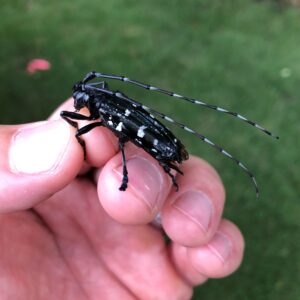
Forestry Experts Want You to Watch Out for ‘Poolside Pests’
Original article written by Laura Oleniacz for NC State News, published May 25, 2021. If you’re planning to try to …



El inglés es el idioma de control de esta página. En la medida en que haya algún conflicto entre la traducción al inglés y la traducción, el inglés prevalece.
Al hacer clic en el enlace de traducción se activa un servicio de traducción gratuito para convertir la página al español. Al igual que con cualquier traducción por Internet, la conversión no es sensible al contexto y puede que no traduzca el texto en su significado original. NC State Extension no garantiza la exactitud del texto traducido. Por favor, tenga en cuenta que algunas aplicaciones y/o servicios pueden no funcionar como se espera cuando se traducen.
Inglês é o idioma de controle desta página. Na medida que haja algum conflito entre o texto original em Inglês e a tradução, o Inglês prevalece.
Ao clicar no link de tradução, um serviço gratuito de tradução será ativado para converter a página para o Português. Como em qualquer tradução pela internet, a conversão não é sensivel ao contexto e pode não ocorrer a tradução para o significado orginal. O serviço de Extensão da Carolina do Norte (NC State Extension) não garante a exatidão do texto traduzido. Por favor, observe que algumas funções ou serviços podem não funcionar como esperado após a tradução.
English is the controlling language of this page. To the extent there is any conflict between the English text and the translation, English controls.
Clicking on the translation link activates a free translation service to convert the page to Spanish. As with any Internet translation, the conversion is not context-sensitive and may not translate the text to its original meaning. NC State Extension does not guarantee the accuracy of the translated text. Please note that some applications and/or services may not function as expected when translated.
Collapse ▲
Original article written by Laura Oleniacz for NC State News, published May 25, 2021. If you’re planning to try to …
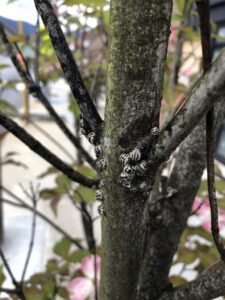
Calico scale, Eulecanium cerasorum, was accidentally introduced to California from Asia in the 1920s. It has now become established …
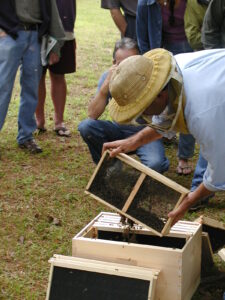
Springtime for beekeepers is synonymous with starting new colonies, especially since annual losses have been hovering ~40% every year so …

It’s not just baby birds that hatch from eggs each spring. In the next several weeks, pine needle scale …

Last year, there was a lot of media buzz (no pun intended) surrounding the introduction of Asian giant hornets …

How can you encourage farmworkers and their families to use practices that minimize the risk of pesticide exposure? The …

From Camilo Parada and Dr. Lina Quesada-Ocampo In collaboration with the Plant Disease and Insect Clinic at NC State University, …
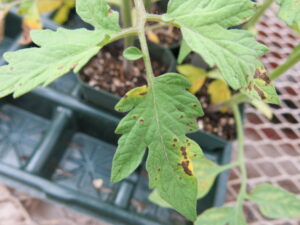
For vegetable growers (both commercial and home gardeners), springtime often brings to mind tomato transplants. However, sometimes diseases occur …

The NC State Extension Small Fruits Program is organizing an Air-Blast Sprayer Training in a HYBRID format April 13–14, 2021. …

The fungicide spray guides for tomato and pepper are intended for commercial growers and are suggested products or programs …
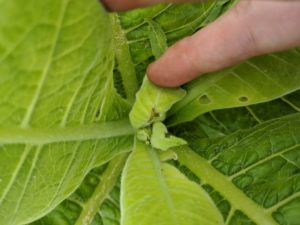
A new insecticide, Steward, has recently been registered in tobacco. Steward, with the active ingredient indoxacarb, is labeled for …
Supplies of Surflan are limited. I cannot independently confirm the following but this is what I was told by …

A Message from the NC Peach Growers’ Society NC Peach Growers, The year 2020 marked the …

The analysis of the 2020 Cover Crop Survey is available and posted on SARE’s website for viewing. Farmers from …

From Madison Stahr and Dr. Lina Quesada-Ocampo Sweetpotato black rot, caused by the fungal pathogen Ceratocystis fimbriata, was found in …

The NC Peach Growers’ Society’s annual meeting is always held on the fourth Tuesday in January. This year will …
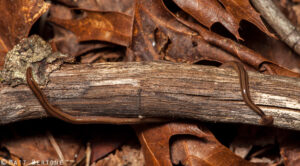
PLEASE NOTE: NC State University and local agencies (e.g. NCDA&CS) are not currently tracking species that are already known to exist …

This is an updated version of an older post from 2017. Apparently COVID isn’t stopping some insects from traveling and …
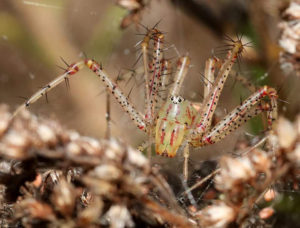
Chatham Conservation Partnership conducted a webinar on SPIDERS on October 15, 2020, and we had a great turnout of about 130 …
Soybean rust was found and confirmed on soybeans in Hyde County, NC. Soybean rust has the potential to cause …

Two species of hornworm caterpillars feed on tobacco and other plants. Tobacco hornworms (Manduca sexta) …
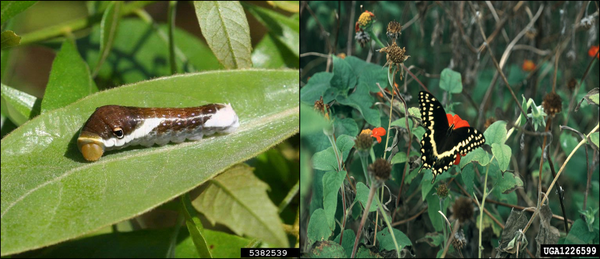
Laurel wilt is a disease of plants in the laurel family (Lauraceae), primarily redbay and …
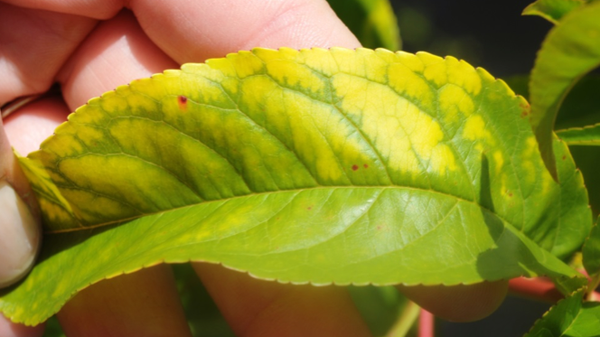
This factsheet describes the symptoms of a photosystem II (PS II) inhibitor herbicide injury.

Similar to zoysiagrass mites, bermudagrass (Eriophyes cynodoniensis) mites are tiny, worm-like arachnids present in the …

This publication covers the identification, life cycles and treatment of several species of insects, such …

This vegetable pathology factsheet describes the identification and treatment of anthracnose of pepper.

This publication describes the invasive Callery pear species, its offspring, and how it can harm …
This factsheet describes the biology of the cane lace bug or bamboo lace bug, Leptodictya …